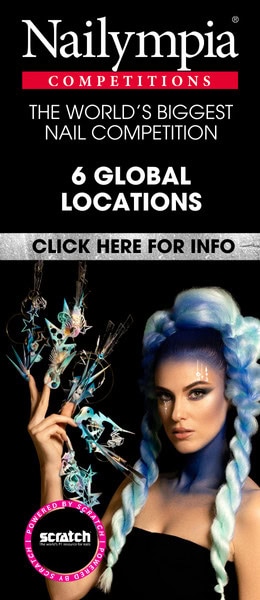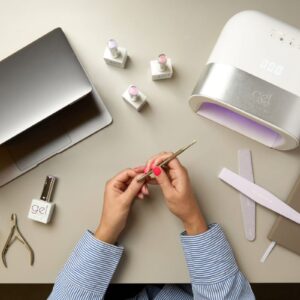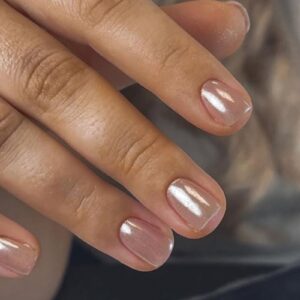
Sustainable beauty: Here’s how to recycle your nail salon waste
By Rebecca Hitchon | 18 March 2025 | Expert Advice, Feature, Sustainability & the environment
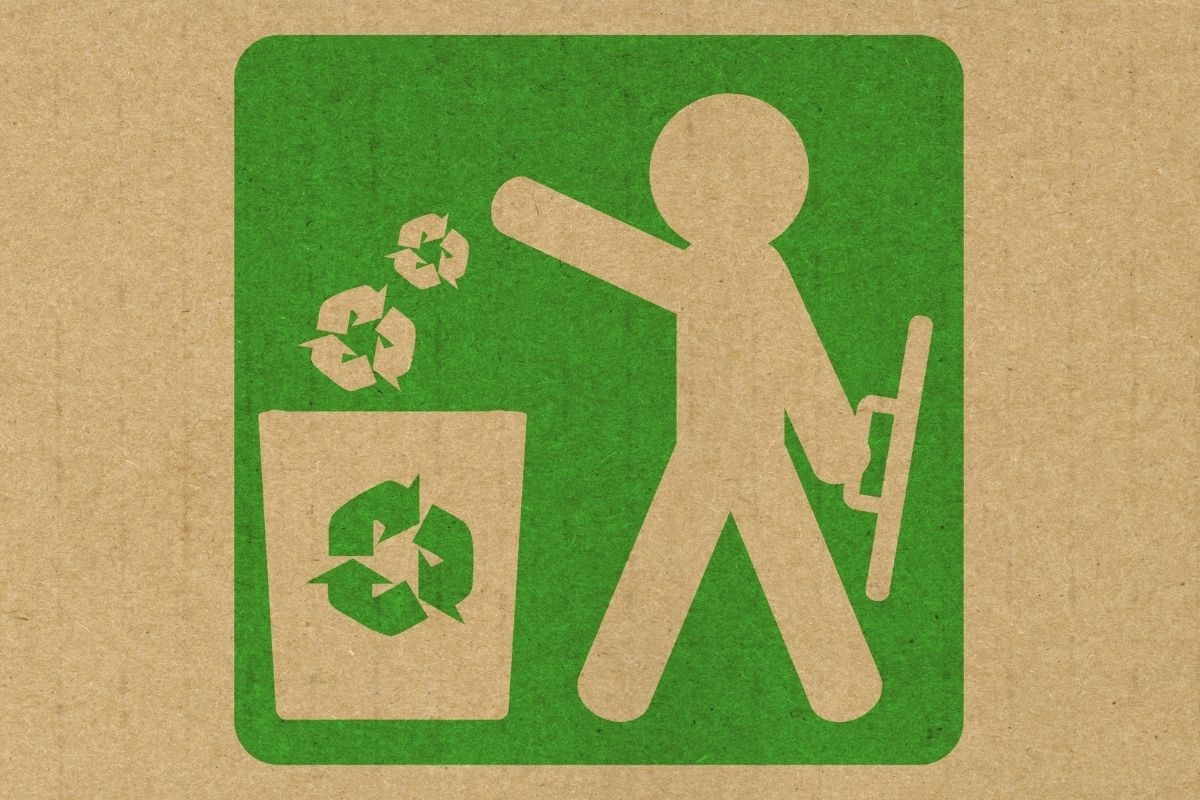
With a number of day-to-day considerations to navigate, how you manage your salon waste can often be pushed to the back of your mind.
But it’s easier than you think to respect the environment through your work, as we highlight via our roundup of recycling schemes and tips.
Green Salon Collective
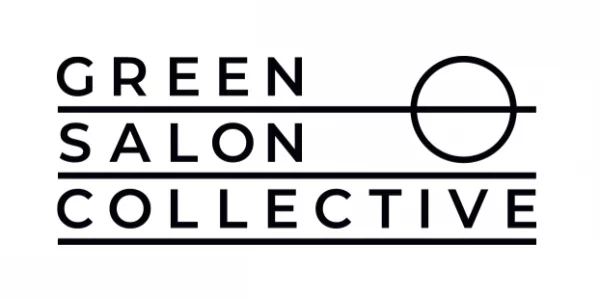
Founded by environmental experts, campaigners and beauty professionals, Green Salon Collective (GSC) supports its members in responsibly disposing of their salon waste. Materials like nail foils, files and excess polish can be recycled by GSC. For example, it can generate clean energy from nail polish when processing it though its waste to energy service.

“I recommend that nail businesses book a free information session to learn more about us, then we can explore a bespoke starter kit,” comments Paul Seaward, co-founder of Green Salon Collective. “We can show salons how they can gain new clients from being part of GSC, in addition to becoming a zero to landfill salon.”
Book a call with the GSC team here, and watch Scratch’s interview with Paul about how beauty businesses can face their waste here.
The Great British Beauty Clean Up
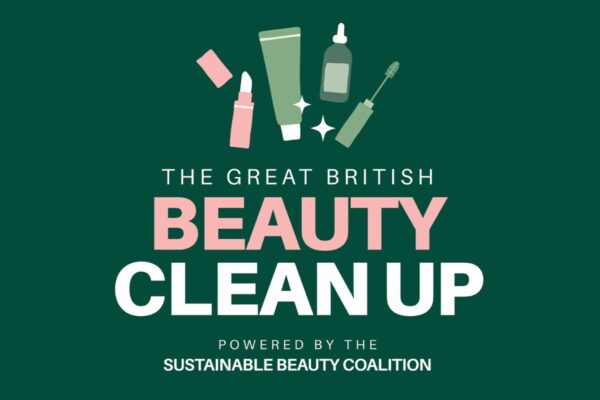
The British Beauty Council (BBCo) has teamed up with the Sustainable Beauty Coalition for The Great British Beauty Clean Up: an initiative to promote sustainability within the beauty industry. The campaign emphasises the key principles of Reduce, Reuse, Refill and Recycle, encouraging consumers to actively engage in the responsible disposal of beauty packaging.
It seeks to increase recycling rates of beauty empties by spotlighting take-back schemes and household recycling where available. The BBCo is directing consumers to existing recycling schemes across the UK via an interactive map, which allows them to input their location into the finder to be shown their closest beauty recycling points.
Click here to be taken to the recycling map.
SalonCycle
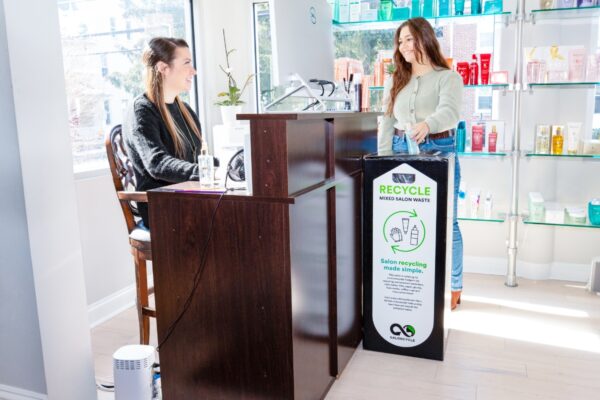
Following a successful launch in the US, international recycling company, TerraCycle, has brought SalonCycle to the UK: a scheme to help hair and beauty salons conveniently divert their hard-to-recycle waste from landfill and incineration. To take part in the programme, businesses must order the scheme’s boxes, which are shipped to them. These are a Human Hair Composting Box and Mixed Salon Waste Recycling Box (for metal and plastic items). When the boxes are full, salons can send them to TerraCycle using pre-affixed UPS shipping labels, where the waste is sorted, cleaned, processed and remoulded.
Ashley Grey, salon manager at Clementine’s in Arvada, Colorado, US, shares her experience with the scheme: “SalonCycle has been intelligently designed to integrate seamlessly into our operations, making recycling an effortless and automatic part of our daily routine. It feels good to know that we have diverted over 500kg of waste from landfills.”
To find out more about SalonCycle, visit www.saloncycle.co.uk
Choose brands that manage waste the right way

“Salons and therapists are in the driving seat, so have confidence to ask for what you want from your favourite brands and if it is not forthcoming, consider different brands,” comments Christine Lawson, sustainability affairs manager at the Cosmetic Toiletry and Perfumery Association (CTPA). “If enough people challenge the brands they use, transparency will increase, as will the drive for us all to be more sustainable.
“Determine whether the brands you use hold the same values as you, to build trust in and understanding of your supply chain. You need to be confident in your suppliers so that you can speak with confidence to your clients.”
Christine recommends that beauty businesses ask brands whether their waste can be easily recycled by municipal collection (i.e. through the local council). If it requires specialist collection, you should ask whether the brand tracks what happens to the waste collected.
CTPA’s five steps for implementing recycling into your business:
- Speak with your suppliers.
- Determine what waste you have, for example packaging, gloves, applicators etc.
- Identify what you can change so that there is a recyclable option available, and so that you produce less waste.
- Find facilities or schemes that are available for the collection of your waste.
- Learn what happens after the waste is collected and if it is meaningfully recycled (if the material, energy and time invested in an item can still be deemed as useful).

Read the latest issue



